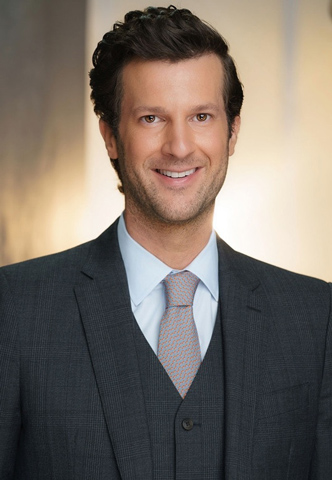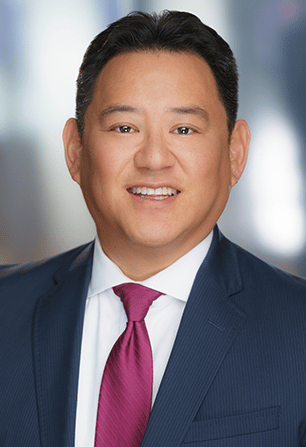As a motorcyclist, you’re more at risk on the road than others. Without doors and windows, you’re exposed and vulnerable to the threats and actions of an angry motorist. If you get caught in a road rage incident with the driver of a car or SUV, they can injure you or endanger your life in the heat of the moment.
A study by AAA found that aggressive actions played a role in 56% of fatal crashes in a 5-year period. Road rage shooting incidents, on the other hand, have doubled between 2014 to 2016.
Accidents resulting from road rage can involve speeding, tailgating, following, refusing to yield, or illegally passing another vehicle. They can also escalate into obscenities or even physical assaults. A car or SUV driver experiencing road rage may even use their vehicle against you to cause an intentional accident. Considering the size difference, that can lead to severe injuries or death to a motorcyclist. Such actions can carry charges of assault or even attempted murder.
How to Avoid Road Rage Incidents With Drivers
When we feel threatened, our brains go into fight or flight mode. This can happen while driving, as high-speed roads can actually create life-threatening situations even on your daily commute. If you’re riding a motorcycle, even the smallest mistake by another motorist could cause a catastrophic crash. So if you get cut off or pushed to the edge by a driver who isn’t following traffic rules, your unconscious brain can shift into fight mode.
Although emotions can take over during these moments, it’s important to remember that you have the power to control your own actions even in the face of road rage.
The first step of avoiding road rage involves de-escalation. Pause and take a deep breath before reacting. Your anger or ego may want to lash out at another driver for putting you in danger. Recognize where these feelings are coming from – you feel threatened or insulted, possibly with good reason. Then remember that your priority is safety, not ego.
Try to stay out of the way of an aggressive driver. Switch lanes to let them pass. Avoid making eye contact or engaging with the driver by responding to them. If you made a mistake, wave apologetically and move on. If possible, find a safe route away from the aggressive driver so that you can distance yourself. If you’re in serious danger of being attacked or assaulted, call 911 or go to a police station.
Best Defensive Driving Tips for Motorcyclists
Sometimes, the best defensive driving involves being “the bigger person” in situations where others might actually be in the wrong. You may feel angry or insulted when drivers act rudely on the road. But your ultimate goal is to get to your destination safely.
Despite your instinct to fight, the safest action is often to hang back and let the aggressive driver go. They might end up getting ahead in the moment, but in the long run, they’re putting their own lives at risk driving so dangerously. Aggressive drivers are much more likely to get into serious accidents and car crashes compared to defensive drivers.
How can you best practice defensive riding as a motorcyclist?
- Maintain your motorcycle in good condition. Compared to a car, a motorcycle is much less forgiving when it comes to mechanical issues. Defensive riding means all of your lights and signals work so that you can communicate your intentions with other drivers. Make sure your mirrors are set up properly so you don’t end up missing vehicles in your blind spots. Take care of your tires and brakes so that you can navigate properly. Check your engine chain, belt, suspension, oil, and fluids on a regular basis.
- Wear appropriate clothing and equipment. Make sure you’re easily visible to other motorists, especially at night. Proper safety gear such as helmets, heavy boots, jackets, motorcycle gloves, and long pants can help you avoid unnecessary injuries.
- Ride confidently, not aggressively. Use the proper lane choice (left third, center, or right third of the lane) to increase your visibility based on the traffic around you. Avoid overtaking vehicles on their right or cruising in other drivers’ blindspots. Don’t take curves, turns, and corners at higher speeds than you can handle.
- Make sure other drivers can see or hear you. Ride with your lights on during the day. Use your horn if you see signs of danger around you. Motorcyclists can get lost in other vehicles’ blindspots because they don’t take up much space. Motorcycles with bright colors and chrome tend to be more visible. Being loud also helps – you don’t want your motorcycle to be so quiet that drivers around you can’t hear where you are.
- Do not assume that other drivers have seen you even if you make eye contact with them. These types of assumptions can cause problems when a car is trying to turn at an intersection while a motorcycle is approaching, or vice versa.
- Stay in the safest lane. Traffic in the left-most lane has the fewest merges and lane changes – plus you only have cars on three sides instead of four. Meanwhile, traffic in the right-most lane poses the greatest danger with vehicles regularly entering and exiting the highway. If the left-most lane doesn’t have a shoulder, the middle lane may be the safer choice. Avoid riding alongside any car for too long.
- Find and ride in traffic gaps or bubbles. Look for the largest open spot on the road with the fewest number of vehicles. Slow down if that can get you out of a congested collection of cars. When passing other vehicles, do so quickly. Stay aware of the blind spots of the cars and trucks around you.
- Watch traffic and other cars for sudden movements or lane changes. Keep an eye on vehicles that appear to be speeding or moving erratically.
- Leave yourself enough time to comfortably arrive at your destination. When you’re stressed out because you’re in a hurry or running late, your emotions are more likely to rise to the surface in a road rage incident. If you have plenty of time to get where you’re going, you avoid speeding and becoming an aggressive driver yourself.
Practicing defensive driving is about changing your state of mind. Every time you get on your motorcycle, it’s less about your ego and more about safely navigating the flow of traffic. These defensive driving and de-escalation techniques can help you avoid road rage situations that can otherwise escalate into an injury – or worse.
If you become involved in a motorcycle accident as a result of an angry driver or a road rage incident, the experienced and knowledgeable personal injury lawyers at Wilshire Law Firm can help. Call us 24/7 at (800) 501-3011 or use our online form now for your FREE consultation.











